First Sale Stories: Margaret Carter, "Shadow of the Beast"
Lynda: Tell us about your first book experience.
Margaret: My first book was a paperback anthology of vampire stories from the early nineteenth century on, Curse of the Undead, published by Fawcett in 1970. I was completely naïve about the publishing world then (age 22). About all I knew was that manuscripts had to be typed and double-spaced. It was much easier for an unknown to get published then, I suppose, and definitely easier to sell anthologies. My first nonfiction book (literary criticism) was Shadow of a Shade: Vampirism in Literature, published in 1975. I wasn't much less naïve then; I signed a contract with the first non-subsidy house that would take me, and the result was disastrous. Rather than talk about either of these experiences, I'm going to apply the questions to the sale of my first novel, since in a way I started over afresh when I began getting book-length fiction published. The one advantage I had over many pre-published writers of fiction was that I did have a track record of sorts in nonfiction related to the genre of my novels. Also, I'd published a handful of short stories in fanzines and anthologies. Having a "resume" to present along with a book query does help with getting an editor to look at a partial or a manuscript. My first novel was Shadow of the Beast, a werewolf tale.
Lynda: When was that novel published?
Margaret: 1998.
Lynda: Which publishing house?
Margaret: Design Image Group, a small press founded specifically to publish traditional horror fiction in trade paperback format. They later branched into mystery and stopped publishing a couple of years ago.
Lynda: What's it about?
Margaret: A young woman whose twin brother and kid sister are killed by "feral dogs," after which she begins to suffer strange nightmares and bizarre sleepwalking episodes. It turns out that she (like her dead brother) has inherited lycanthropy from their long-lost father. The heroine has the same job I do, proofreading for the Maryland General Assembly. Putting the local setting and personal experience into the story was fun.
Lynda: What was the inspiration for the book?
Margaret: It began as a very short story in which the heroine, Jenny, comes home, finds her sister dead, blacks out, wakes up to find her brother dead too, and finally sees herself in the mirror changing into a wolf. Since I've always been attracted to the "Ugly Duckling" theme - the misfit with traits that appear to be negative but ultimately turn out to have a positive side - I decided this vignette could become a novel about Jenny's discovery and exploration of her true nature.
Lynda: Is it part of a series?
Margaret: No, but the heroine's psychiatrist is a major character from my vampire series. The psychiatrist, Dr. Britt Logan, appears in Dark Changeling and Child of Twilight.
Lynda: What do you like most about your main characters?
Margaret: I like Jenny's determination to find out the truth about herself and her background.
Lynda: What's your favorite aspect of your book?
Margaret: The "Ugly Duckling" motif mentioned above. I find that I keep returning to this theme; it's central to my first vampire novel, Dark Changeling. I believe many, if not most, SF and fantasy fans grow up feeling we belong somewhere else and don't quite fit in with "normal" people.
Lynda: How long have you been writing fiction?
Margaret: Since I was thirteen. My first completed story was a romance between a man and a ghost.
Lynda: Is this your first paranormal manuscript?
Margaret: No, I finished a couple of novels before writing Dark Changeling, the first book I thought good enough to try submitting, and I wrote two or three other vampire novels before starting Shadow of the Beast. They've all since been published.
Lynda: Is paranormal your main focus?
Margaret: Yes. I started out thinking of myself as a horror writer. Although I do write some pure horror, my main interest is in the relationships between human and nonhuman beings, so focusing on paranormal romance comes naturally.
Lynda: What attracts you about vampires (or whatever persuasion your paranormal characters might be)?
Margaret: They look human but aren't, quite. They have a skewed view on the human condition. I'm especially enthralled with vampires, but werewolves and other shapeshifters have the same appeal. In fact, I find the same attraction in these creatures that I find in Mr. Spock of Star Trek. That is why I prefer not to see a vampire or werewolf "cured." Touching the mind of an alien is, for me, the main appeal of this kind of fiction.
Lynda: How long did it take to sell your book, from the time you finished your manuscript?
Margaret: I don't remember for sure. Around four years, give or take. My then-agent suggested I make the heroine, Jenny, a "female Roger" (the protagonist of Dark Changeling), which she sort of is, in the sense that both are misfits looking for the truth about the not-quite-human facets of themselves. After I broke up with the agent, I didn't do any submissions on my own until, as a member of the Horror Writers' Association, I read in their newsletter the call for submissions from Design Image. I'd also seen mention of this new small press on the Internet, and I got in touch with them initially through e-mail. Really, without the Internet I probably wouldn't be published anywhere near the extent I am today. It turned out that the senior editor at Design Image knew me from the distant past! He had edited a very elegant vampire fiction zine for about three issues and published a couple of my stories. So he was predisposed to want to publish a novel by me. Unfortunately, he turned down Shadow of the Beast. Next I sent the true "book of my heart," Dark Changeling. He rejected that, too, but then came back with a surprising offer to publish Shadow of the Beast after all. He wanted a lot of changes, but I was so excited about getting my first novel published by this high-quality press that the prospect of revising wasn't so painful as it could have been.
Lynda: Thinking about the notion of "It's always darkest before the dawn," what was the lowest point in the process for you? Was there a time you almost gave up?
Margaret: After that initial rejection from Design Image.
Lynda: Did you have an agent when you sold your book?
Margaret: No, I'd had one who'd tried to sell this book and others, but without success. We finally parted amicably.
Lynda: Do you recommend that a pre-published writer focus on finding an agent first, or do you think it's OK to submit directly to the publisher?
Margaret: It's fine to send partials or manuscripts (depending on what the particular publisher wants) to publishers whose guidelines allow non-agented submissions. That said, it's certainly a lot easier to attract favorable editorial attention with an agent. Those slush piles, I've heard, get awfully high and deep. Still, I sold my first mass market novel, Embracing Darkness (Silhouette Intimate Moments, March 2005), to a major publisher without an agent, so it can be done.
Lynda: You don't have to mention numbers, but did you get a nice advance?
Margaret: Yes, surprisingly good for a small press (although it wouldn't look like much to a multipublished author with a major mass market company).
Lynda: What was the process of revisions/rewrites like?
Margaret: The editor wanted lots of scenes cut. Being rather timid about offending him, I incorporated almost all of his suggestions, which ended up transforming a 90,000-word book into a novel of category length. On the whole, the cuts made the story more compact and fast-moving, which the editor was aiming at and which is generally a good thing.
Lynda: Were the changes something you could live with?
Margaret: Mostly. The very few things I thought wouldn't work, I didn't change. The ones that the editor absolutely insisted on were okay with me.
Lynda: What was it like, working with the editor at your publishing house?
Margaret: He was wonderful, never mincing words about the changes he thought necessary but still always encouraging. The personal attention was great. You don't often get that to such an extent from a large publisher.
Lynda: Do you have any words of wisdom for us about revisions/rewriting, etc.?
Margaret: Consider all the revision requests carefully rather than being overly defensive about your words as written. But if you believe a certain element is essential to the core vision of your story, stand up for your principles. There is almost always a way to negotiate a viable compromise with the editor.
Lynda: Do you get a lot of help with marketing your book, or do you have to do most of it yourself?
Margaret: Design Image was mainly a marketing company; the fiction publishing division was an offshoot, a labor of love for the editor. So they had a highly organized marketing plan. They placed lots of ads in genre magazines, sent out many review copies, supplied very attractive publicity materials, and in general did all the work of promoting their line with obvious expertise.
Lynda: Did you have input about your cover?
Margaret: Yes, that was one delightful surprise in working with a small press. They sent me two possible covers for my opinion, and they used the one I preferred.
Lynda: Have you done any events or book signings? If so, what was that like?
Margaret: I did a reading and signing at our local Barnes and Noble. I had good attendance because many people from the office where I work attended. They all seemed to think it was a lot of fun to hear me read a scary incident set in a location so familiar to all of us. One lady remarked that the scene took place only a few blocks from her house.
Lynda: If you could go back and do something differently, what would that be?
Margaret: I wouldn't cut the final chapter so drastically; the review in Locus praised the book otherwise but thought that scene was too abrupt. And in fact, when the novel was re-released by Amber Quill Press, I restored some of that material.
Lynda: What would you do exactly the same way?
Margaret: Sign the contract with Design Image. They were a wonderful publishing company.
Lynda: What's your next manuscript about?
Margaret: I'm working on a quasi-Lovecraftian "secret baby" romance. The baby was sired by a an entity from another dimension, possessing the hero in an arcane ceremony. Now, having been separated ever since that night, the hero and heroine are getting back together when the child is about four years old.
Lynda: What's the one book you absolutely must write?
Margaret: Someday I think I'll have to do a sequel to Shadow of the Beast. Jenny's life with her very tolerant lover/husband can't possibly go as smoothly as the book's final scene implies.
Lynda: What advice are you willing to give to all the pre-published writers out there?
Margaret: Read widely, both inside and outside your genre. Find a solid critique partner. Never give up.
www.margaretlcarter.com
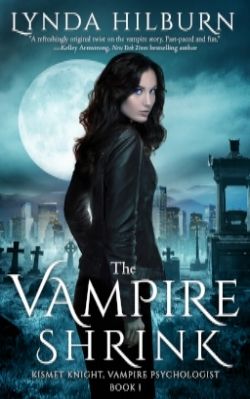
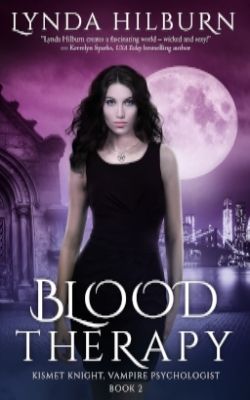
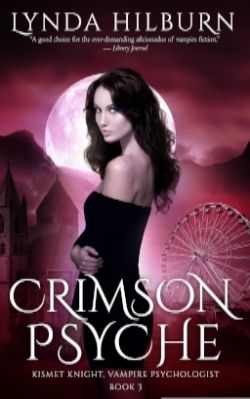
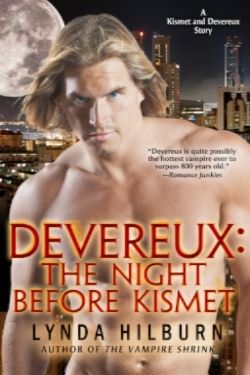

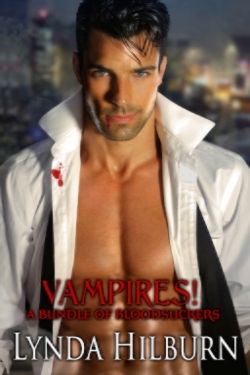
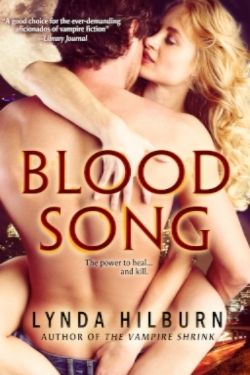
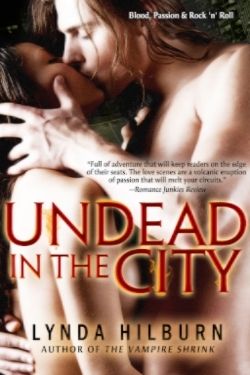
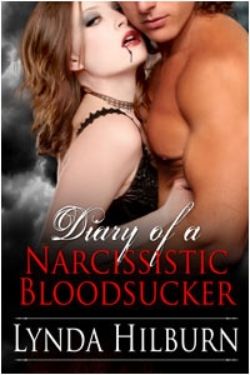

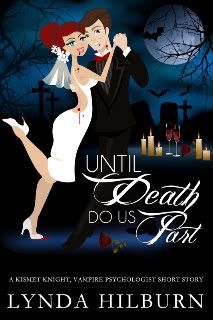

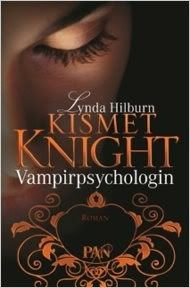
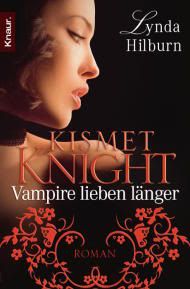
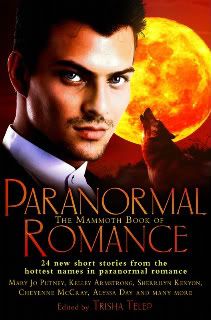





0 Comments:
Post a Comment
<< Home